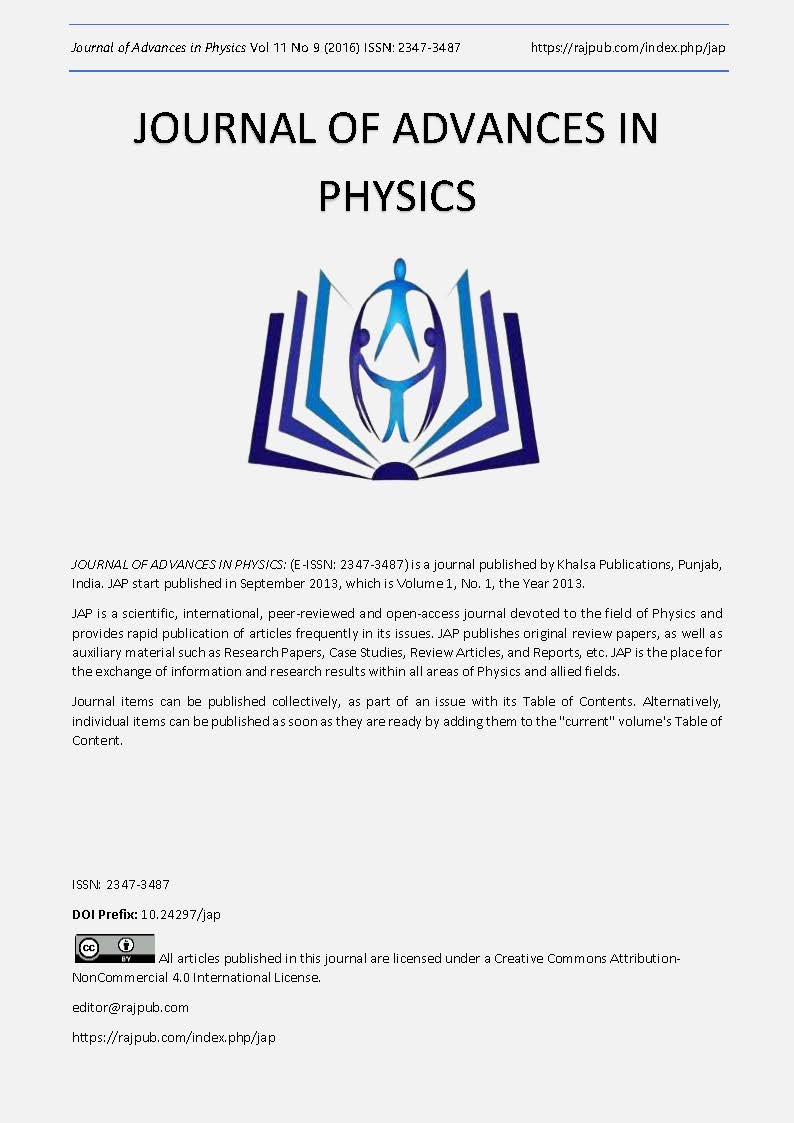Influence of Changes of Land Cover Types on The Surface Temperature Distribution for Al- Najaf City Using Remote Sensing Data.
DOI:
https://doi.org/10.24297/jap.v11i8.218Keywords:
Land Surface Temperature(LST), Land use/Land Cover (LULC), NDVI, NDBI.Abstract
This study has been carried out to assesses the relationship between land surface temperatures (LST) and changes of land cover (LC) for a part of Najaf Governorate, by using Landsat TM/ETM+ data over the period from1990 to 2009. Landsat TM/ETM+ images have been acquired for deriving the land use/land cover (LULC) maps and land surface temperatures (LST) for two different dates afterwards analysis their temporal and spatial variations. (LST) maps have been derived from thermal infrared (TIR) bands of Landsat TM/ETM+ data according to Plancks function. Satellite images for 1990, and 2009 have been classified into four classes (building up, vegetation, bare land, and water bodies) based on the supervised classification by using Maximum Likelihood algorithm. Normalized Difference Vegetation Index (NDVI) and Normalized Difference Built-up Index (NDBI) have been calculated from both the original image in order to extract a particular (LC) for study area. The results of study showed that built-up area increased from 22.1% to 41.8 % between 1990 and 2009, while vegetations, bare land and water bodies decreased from 57.5% to 39.9% , 16.9% to 15.3% , and 3.5% to 3% respectively , due to urbanization that resulted from growing of urban population and economic evolution, . In general the negative correlation between LST and NDVI confirm that the reduction in vegetarian cover to built-up would lead to increase in (LST). Whereas the positive correlation between LST and NDBI implying that the increasing built-up land can increase (LST). The results indicated that the stronger negative correlations between LST and NDVI (R2=0.918) was in 2009 year , and the stronger positive correlation between LST and NDBI (R2=0.909) was in 2009. The results showed that the maximum temperature in study area increased from 32 áµ’C in 1990 to 37áµ’C in 1990 .This research has been confirmed the strong influence of changes in (LC) on (LST).
Downloads
Downloads
Published
How to Cite
Issue
Section
License
 All articles published in Journal of Advances in Linguistics are licensed under a Creative Commons Attribution 4.0 International License.
All articles published in Journal of Advances in Linguistics are licensed under a Creative Commons Attribution 4.0 International License.




